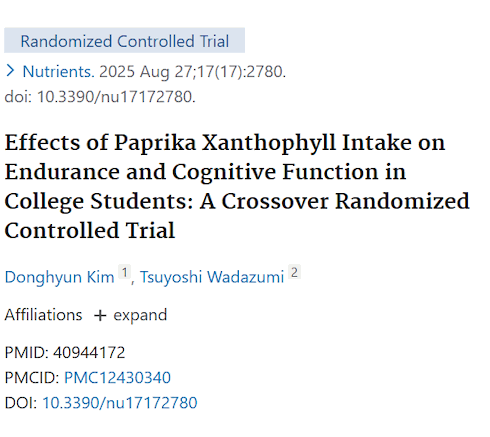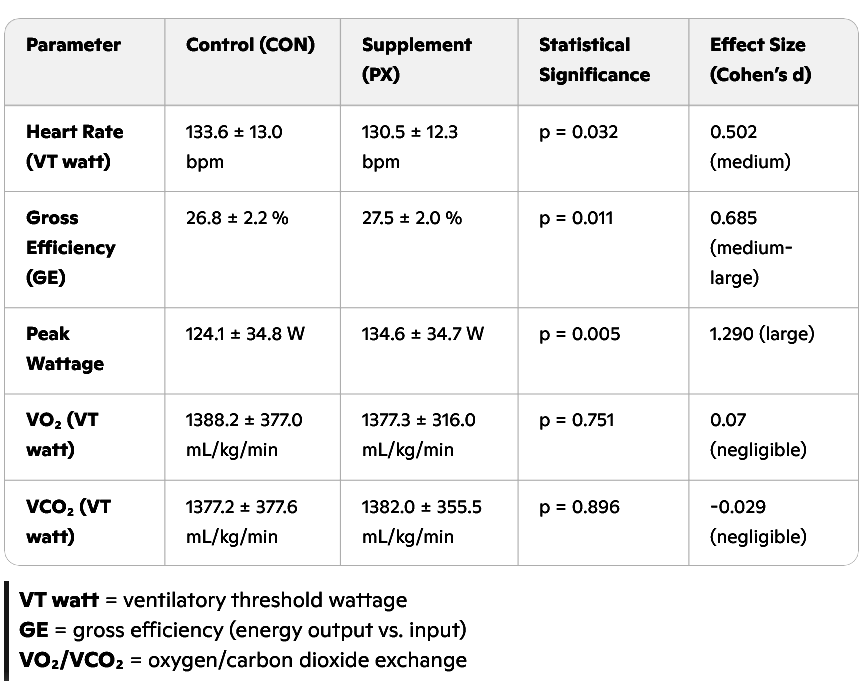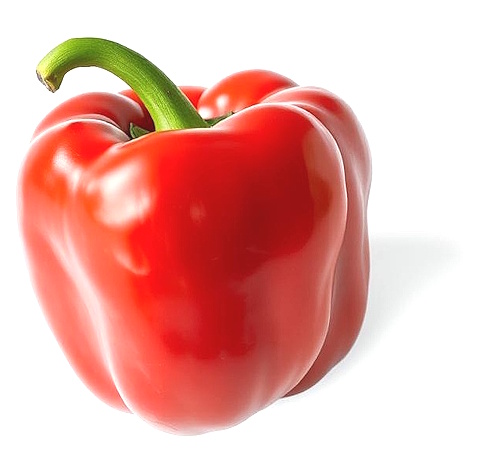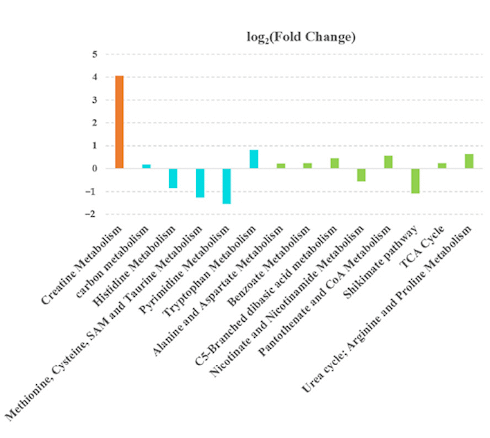Study
On another occasion, the students received a supplement containing a bell pepper extract every day with their breakfast for four weeks. This extract was PapriX-oil HP, a product of the Japanese company Glico Nutrition. Glico Nutrition did not sponsor the study.
The supplement provided the students with 9 milligrams of bell pepper xanthophylls daily - such as capsanthin, capsorubin, zeaxanthin, beta-cryptoxanthin, cryptocapsin, and capsanthin epoxide. Xanthophylls are oxidized carotenoids. The Japanese researchers suspect that these substances are absorbed by red blood cells, improving their oxygen transport.
Results
After four weeks of supplementation, the students were fitter. When they had to cycle, their peak power output - expressed in watts - increased by a whopping 8.4 percent. At the same time, their heart rate decreased by a few points during the session.
Apparently, the supplement made the students' bodies more efficient at using energy. Their gross efficiency increased from 26.8 to 27.5 percent.
Fresh bell pepper
For our readers who prefer real food, we read a publication by South Korean researchers affiliated with Seoul National University from 2022. [Hortic Environ Biotechnol. 2022;63(4):571-80.]
The table below shows how much xanthophyll the Koreans found in 100 grams of fresh red bell pepper [Blocky Red] and 100 grams of fresh red pointed bell pepper [Conical Red].
Click on the table for a larger version.
So, you need about 120-130 grams of red bell pepper or red pointed pepper to get 9 milligrams of xanthophyll.
Because you throw away about 10-15 percent of a bell pepper when cleaning it, you can easily get those 9 milligrams from a medium-sized 150-gram bell pepper from your local supermarket.







